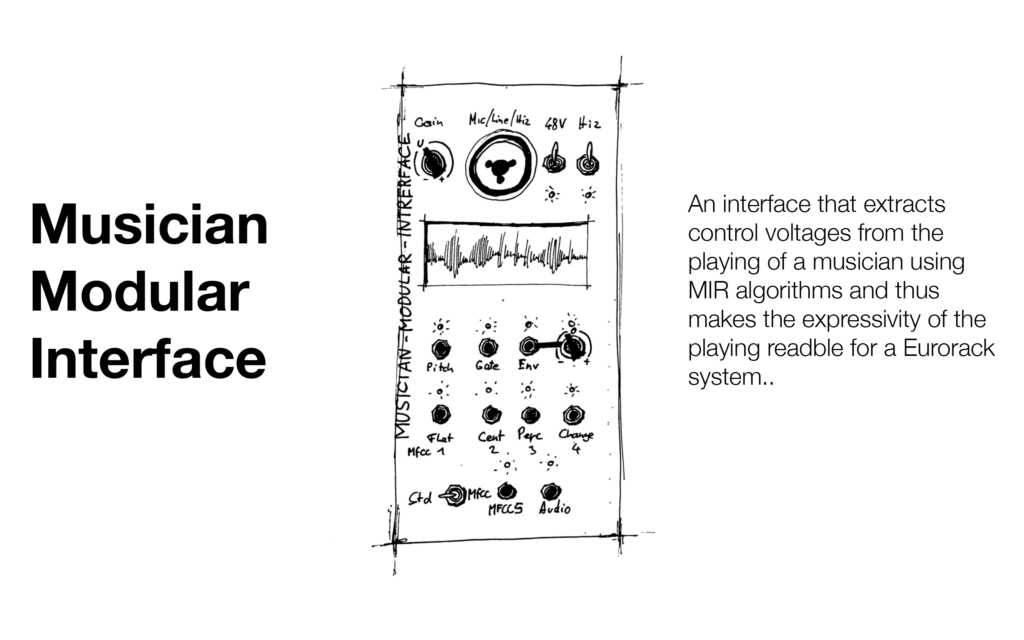


powered by Communication, Media, Sound and Interaction Design



The Bela Starter Kit comes with a Beaglebone and the extension of the Bela Cape which houses a myriad of IOs. This kit will connect to Bela Pepper which is a PCB with a matching Faceplate for integrating the Beaglebone into a modular system. The assembly of the PCB is described on Bela.io with an illustrated manual and a bill of materials to get for building the DIY kit. This will be my task on my days off in February.

Pepper will be an 18 HP Module that provides Stereo IO, 8CV IO, 8 CV offset potentiometers, 4 buttons, and 10 LEDs for the Beaglebone to connect to my modular. There is also a Faceplate for a USB breakout included.
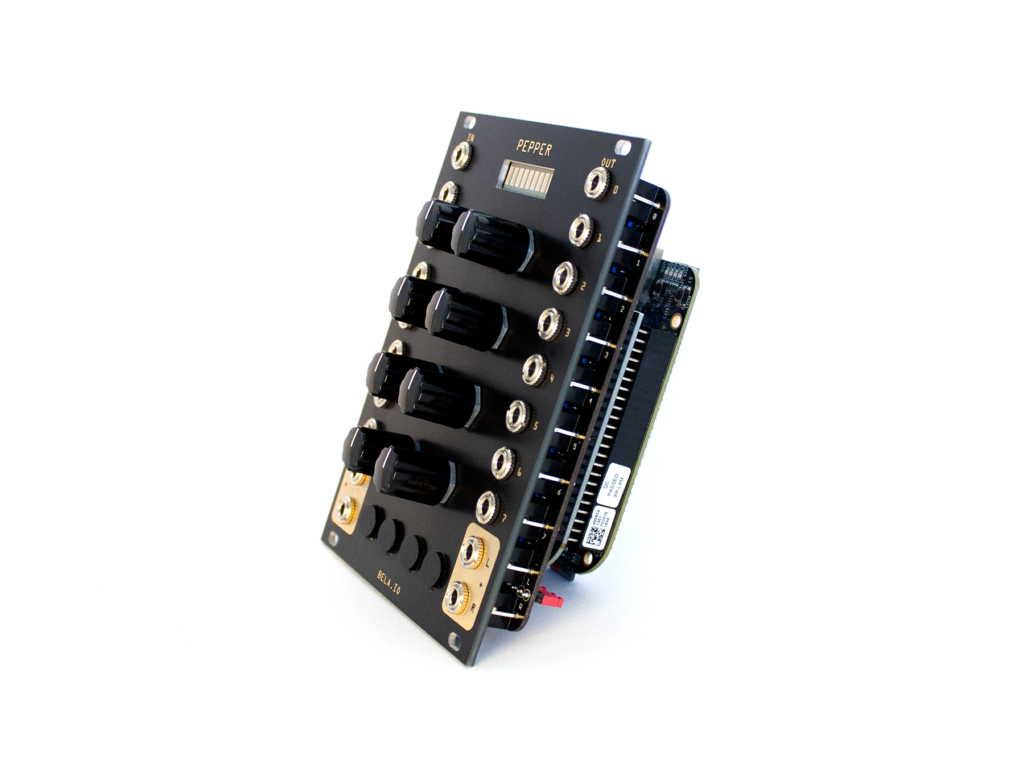
To implement my code into the Beaglebone, on the different Belaboards is a Browser-based Integrated Development Environment (IDE). An IDE is a set of tools for a programmer to develop, test, and debug software. In the Bela IDE, one can program in C++, Pure Data, Supercollider, or Csound. It contains example code to work with and learn basic skills to use the Bela hardware. There is sample code in every language the Beaglebone can work with. Additionally, there is also a Pin Diagram which identifies all the pins that can be found on the respective board that one uses. In my case as said before it will be the Beaglebone. Further, there is a library of pre-coded functions in there which can be used.
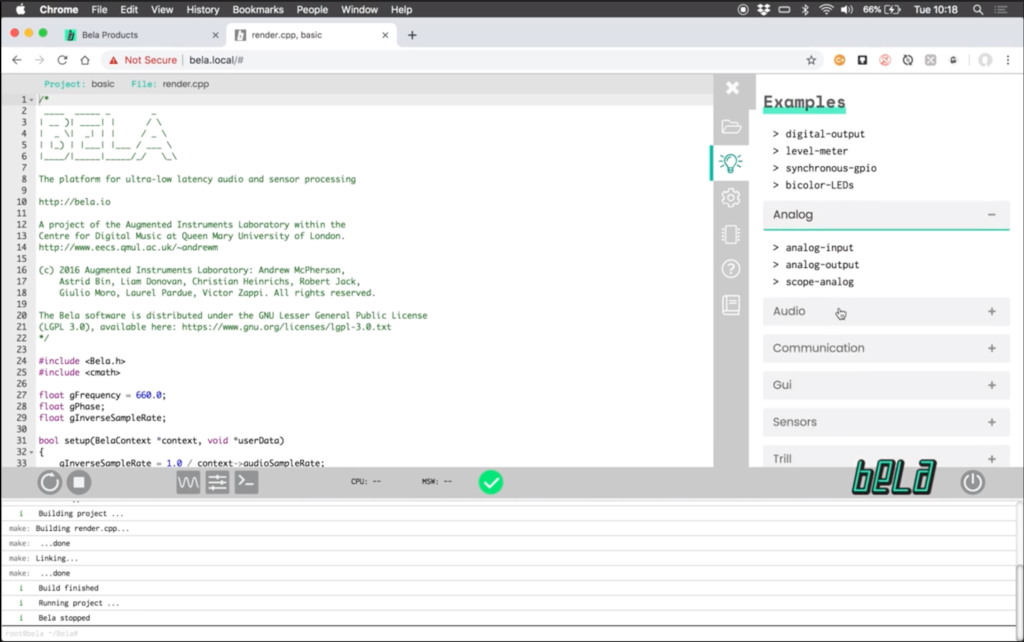
Since my work will be implemented in a eurorack system I attempted to find references of existing modules that would do a similar thing. As expected I found no modules where Music-Information-Retrieval is implemented. But there are Modules with which like Pichfollowers, envelope-followers, combinations of those two and separate building blocks.
The A-196 PLL is a Phase-locked-loop (PLL) module. PLL-circuits are commonly used in pitch-tracker devices. It is a comparative circuit that compares two oscillating signals in their relative Phase. The A-196 is more of a weird oscillator than a Modulation source but it has 3 different parts one of which is a PLL circuit.
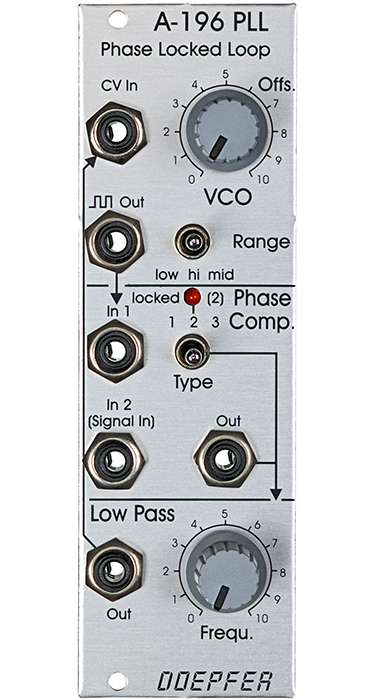
Doepfer A-134-4C, Gap Synthesizer – Envelope Follower, Buchla – 230e Triple Envelope Tracker
These are quite ‚simple‘ envelope followers which take the amplitude of a signal over time and translate it into an envelope. Every module is its own interpretation of controllable parameters like threshold, attack, release or internal triggers (Buchla). As you might recognize the 230e is not a eurorack format, but as there are not many examples I included a Buchla module.
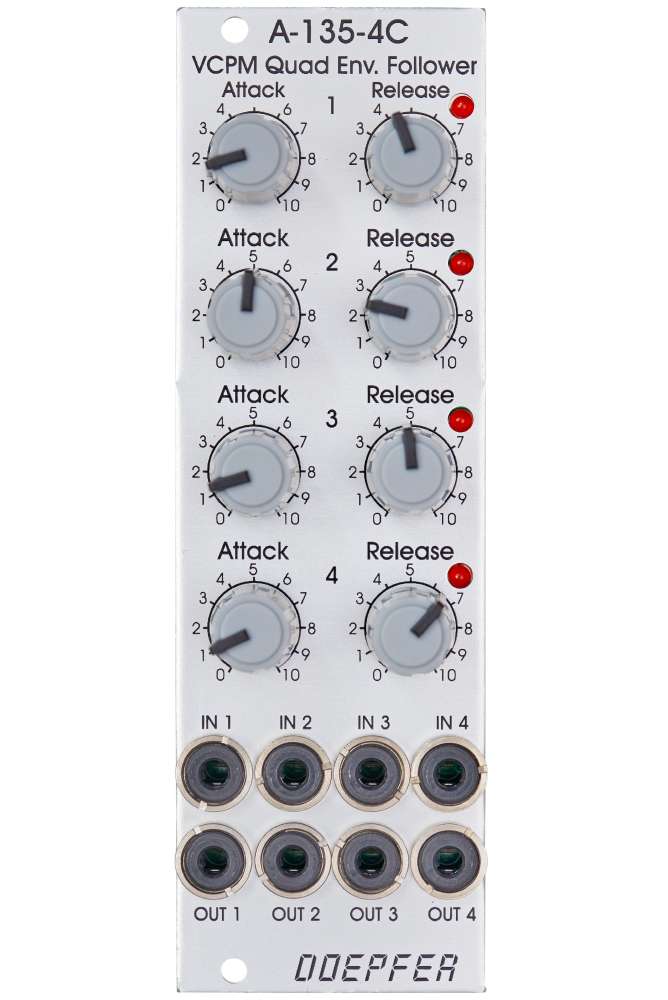
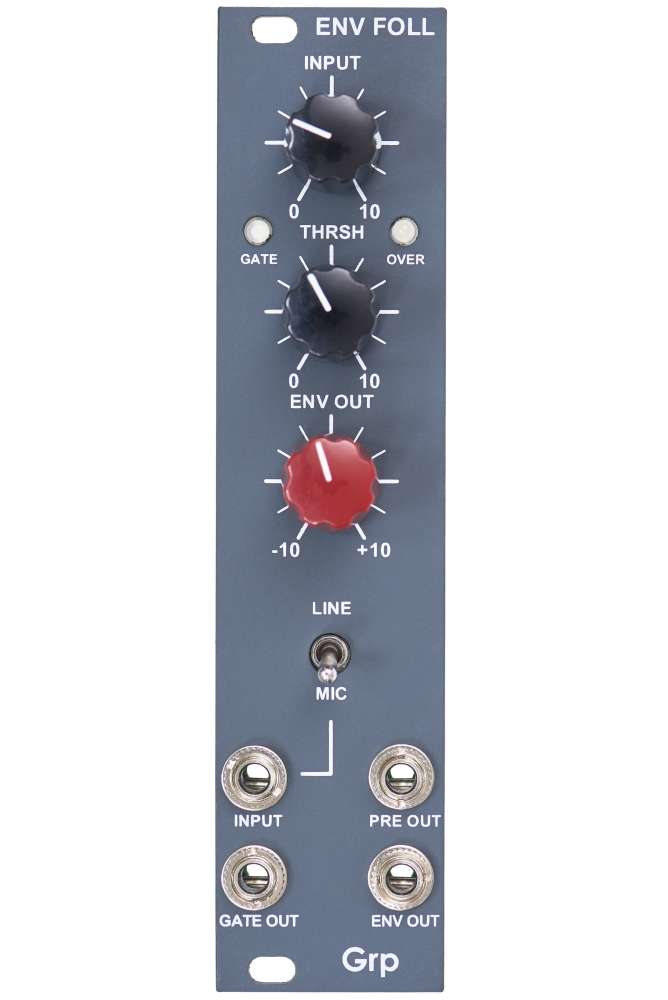
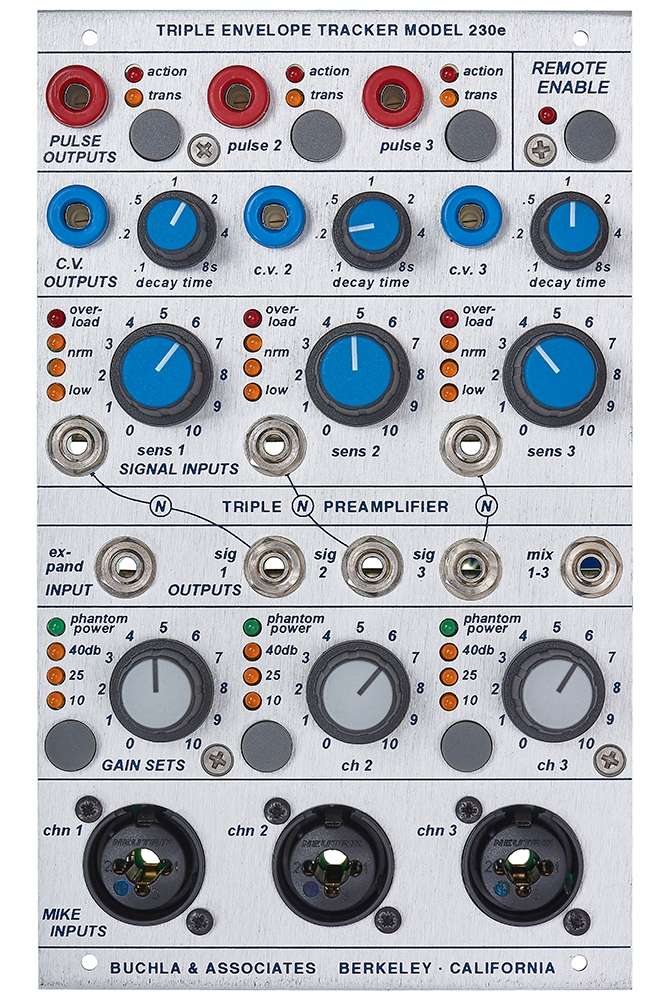
Also an envelope follower but with a twist. It has more functions one of which is an envelope follower but also a comparator module between two signals.
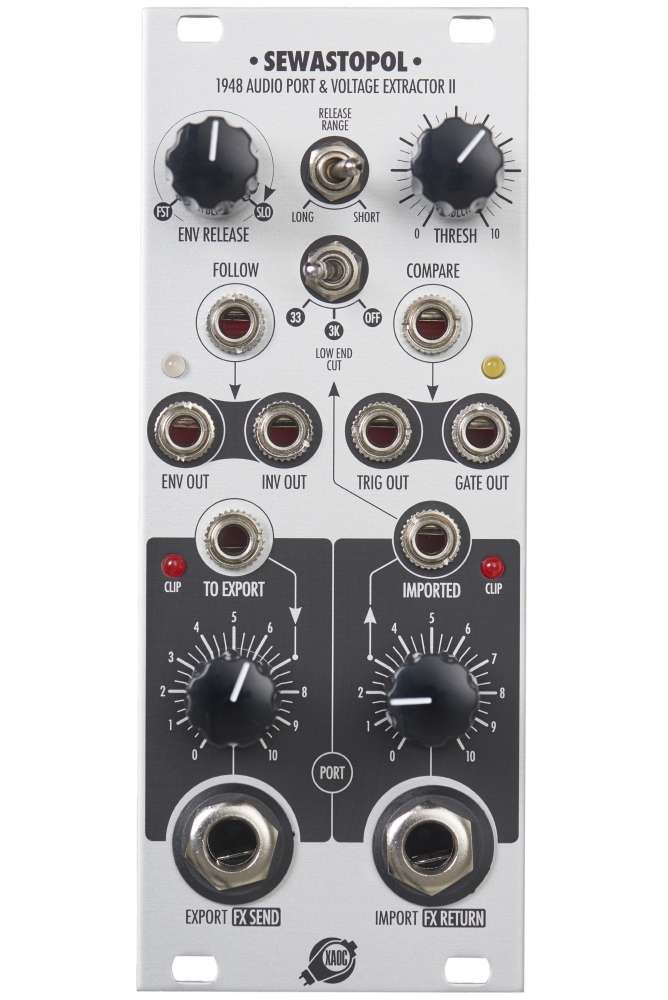
Here the envelope follower is combined with a pitch tracker and a trigger which are the basic values to play a synthesizer voice be it percussive or tonal. It also is equipped with its own set of adjustable parameters to control the inputs and outputs of the signal.
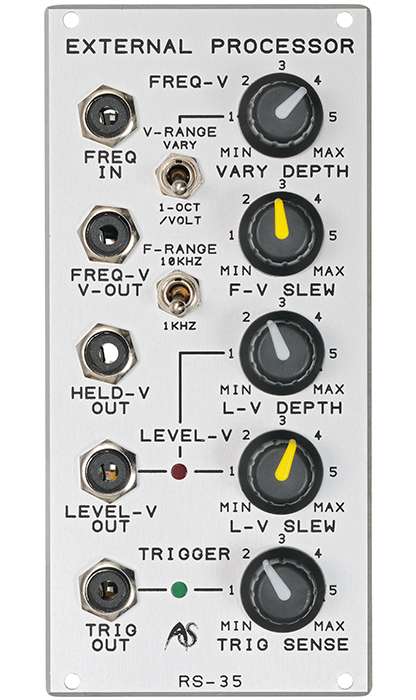
The Disting Mark 4 is a Digital signal processor which provides many algorithms for modular synthesis. One of those algorithms is a pitch and envelope tracker.

Is not an existing module. it is a concept in unclear development stage. The functions it may provide are the following:
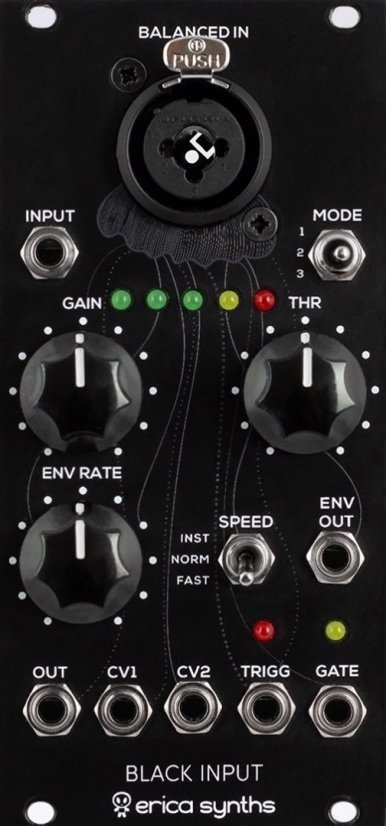
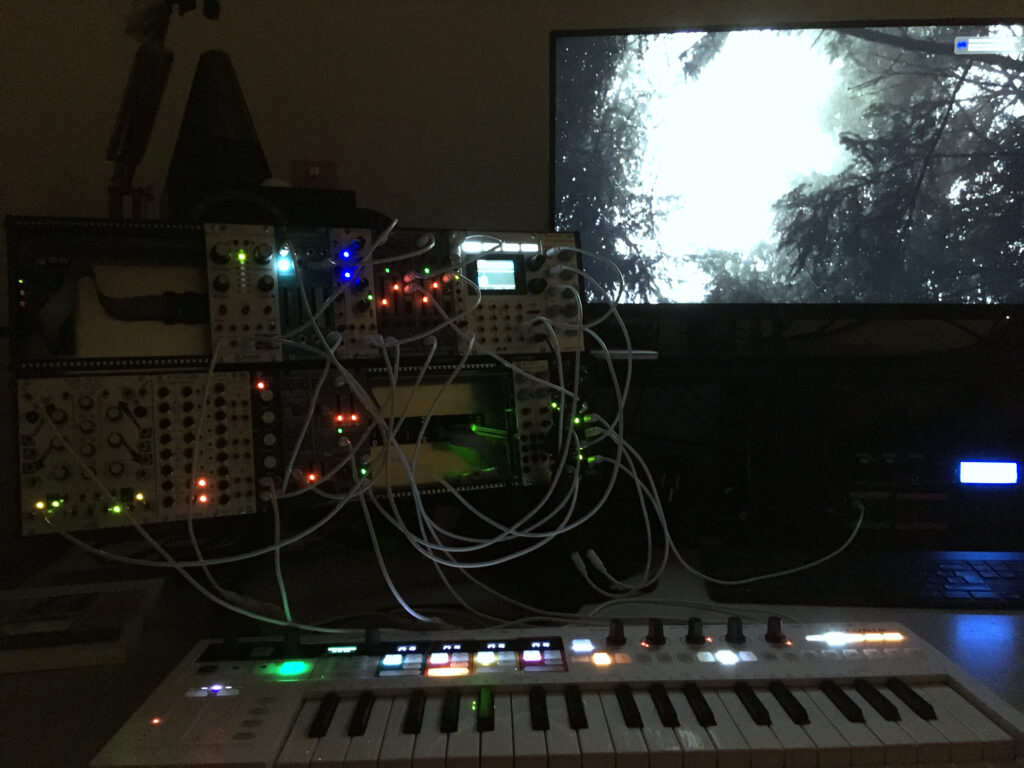
While presenting my Ideas and reasoning how and why I choose the order of interest in them, I could give a clear statement of intention that programming and electronics should be a vital part of the final product.
From the Faculty of KUG Prof. Marco Ciciliani has chosen to work with me on my project. The Projekt – ‘Kidnapping the Sound of an Instrumentalist’ was my least favorite, but only because I would have done it outside of Uni anyway. His reasoning for choosing me was that he works with modular synthesis too.
‘Kidnapping the Sound of an Instrumentalist’
The main focus should be that the forthcoming device should be very performable. This means that I have to find a working surface which for one is familiar to me and secondly gives me enough room to develop in multiple directions. The performance aspect means that the Instrumentalist has to be able to convey their expression to the device and I have to be able to pick it up and use it for further modulation of my setup. Below is a chain of thoughts which stood at the very beginning of the project which concludes in a module for a modular Synthesizer.
The Idea of developing a Musician Interface Module was well received by Prof. Ciciliani with the remark that for the technical side I have to be self-sufficient for the largest part.
EXPRESSION OF A MUSICIAN LIES VERY MUCH IN THE SONIC COLORATION OF THE SOUND – FFT ANALYSIS
COULD WELL BE THE TOOL TO EXTRACT PARAMETERS FOR THE SONIC COLOR OF A SOUND – BREATH
CONTROLLERS RECORD EXPRESSION PARAMETERS TOO – COULD GRANULAR SYNTHESIS BE A GOOD WAY TO
CAPTURE SONIC COLOR OF A SOUND – IS GRANULAR SYNTHESIS ONLY A EFFECT OR DOES IT MAKE THE
SOUND ITS OWN – HOW MANY PARAMETERS DOES EXPRESSION HAVE – IS THERE EVEN A NUMBER – ARE
THERE DIFFERENCES BETWEEN INSTRUMENTS – ARE THERE ANY SIMILARITIES –
A MODULE: THE MUSICIAN INTERFACE
For the Analysis of the instrument, Music Information Retrieval (MIR) was suggested. Music information retrieval (MIR) is the interdisciplinary science of retrieving information from music. MIR is a small but growing field of research with many real-world applications. Those involved in MIR may have a background in musicology, psychoacoustics, psychology, academic music study, signal processing, informatics, machine learning, optical music recognition, computational intelligence, or some combination of these.
Machine analysis and human hearing often correlate unexpectedly. High frequencies for example have a lower audible harmonic spectrum than Lower frequencies but are received vastly differently by the human ear in terms of expression or sonic coloration. So there are many Experiments to attempt to find the right algorithm and workflow to translate expression by the musician.
MIR is inherently digital so the module will probably be driven by some kind of DSP. So the question is if there is a programable DSP chip with the right periphery to build a module around? Like a DSP raspberry Pi. Bela board, Arduino, Daisy, Teensy,…